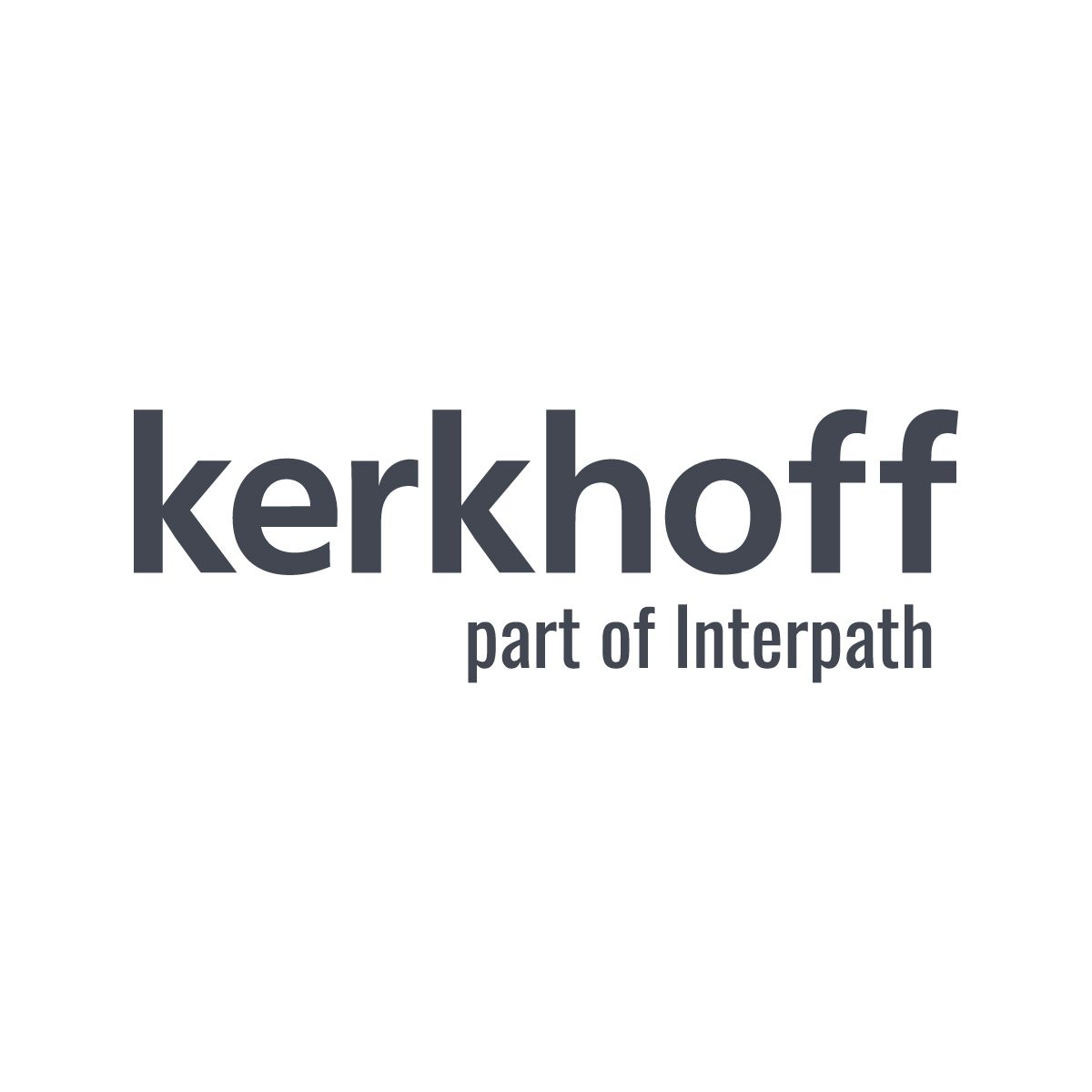Indirect purchasing often harbours unexpected savings potential
often underestimated, always decisive
Indirect procurement includes all goods and services that are not directly incorporated into a company's end product – i.e. that are not directly related to production. This includes, for example, IT hardware and software, fleet and facility management, marketing expenditure, office supplies, travel and event management and much more.
Indirect procurement is typically characterised by many decentralised users, a large number of suppliers, a lack of standardisation and often too little overarching transparency.
This is also the reason why indirect procurement is a ‘blind spot’ in many companies: confusing expenditure, fragmented product groups, decentralised responsibilities and unplanned requirements. The result: Maverick buying, suboptimal conditions and an unclear picture of the actual optimisation potential.
Uncleaned data is often a deterrent for purchasing units, but for us it means day-to-day business as a purchasing consultancy. We make the data usable. With interactive management dashboards, we create transparency about expenditure – the basis for generating savings.
We put an end to a lack of transparency and systematically realise your potential.

01
Data-based optimisation starts with a clear picture: We analyse your entire indirect spend - centralised and decentralised - and create a uniform, complete picture of spend.
- Creation of a central spend cube for all relevant focus areas
- Identification of product groups, contracts, supplier structures and maverick buying rates
- Linking of qualitative interview data with quantitative spend data
- Initial derivation of action areas - e.g. communication or process adjustments
We create full data transparency for you and a shared understanding of the initial situation and optimisation potential.
02
With a clear categorisation of the product groups, we show where it is worth starting – operationally and strategically.
- Categorisation of all product groups according to market supply & strategic relevance
- Identification of cost drivers and supply risks
- Analysis of contract terms, price clauses, regulations and capacities
- Prioritisation of the InScope product groups with the greatest leverage
We systematically structure your product groups – as a basis for differentiated purchasing strategies.
03
We utilise all relevant levers - tailored to product groups, objectives and urgencies. In doing so, we combine methodological depth with pragmatism.
- Application of the Kerkhoff leverage matrix in conjunction with our category matrix
- Derivation of concrete quick wins – e.g. condition comparisons, tender takeovers and the utilisation of potential from bundling and negotiation
- Development of sustainable product group strategies that are used as the basis for further improvements.
- We deliver measurable contributions to your results - in the short term through direct savings, in the long term through tried and tested product group and supplier strategies.
You benefit from tried-and-tested AI tools, a best-practice approach and benchmarks, including the necessary stakeholder management and attractive savings.
Let's start a conversation...





